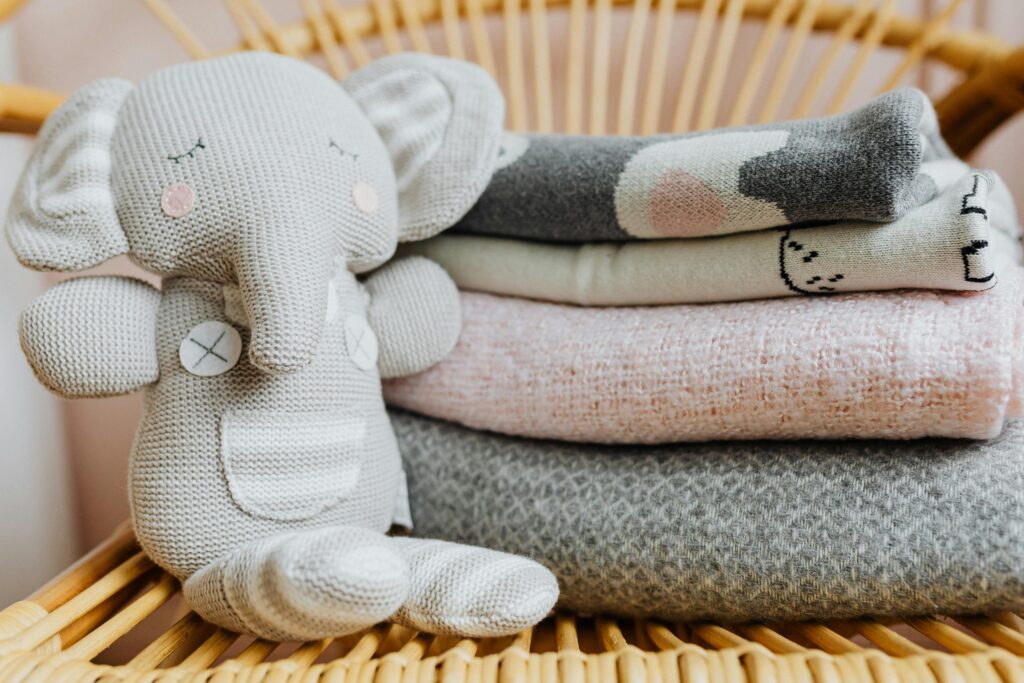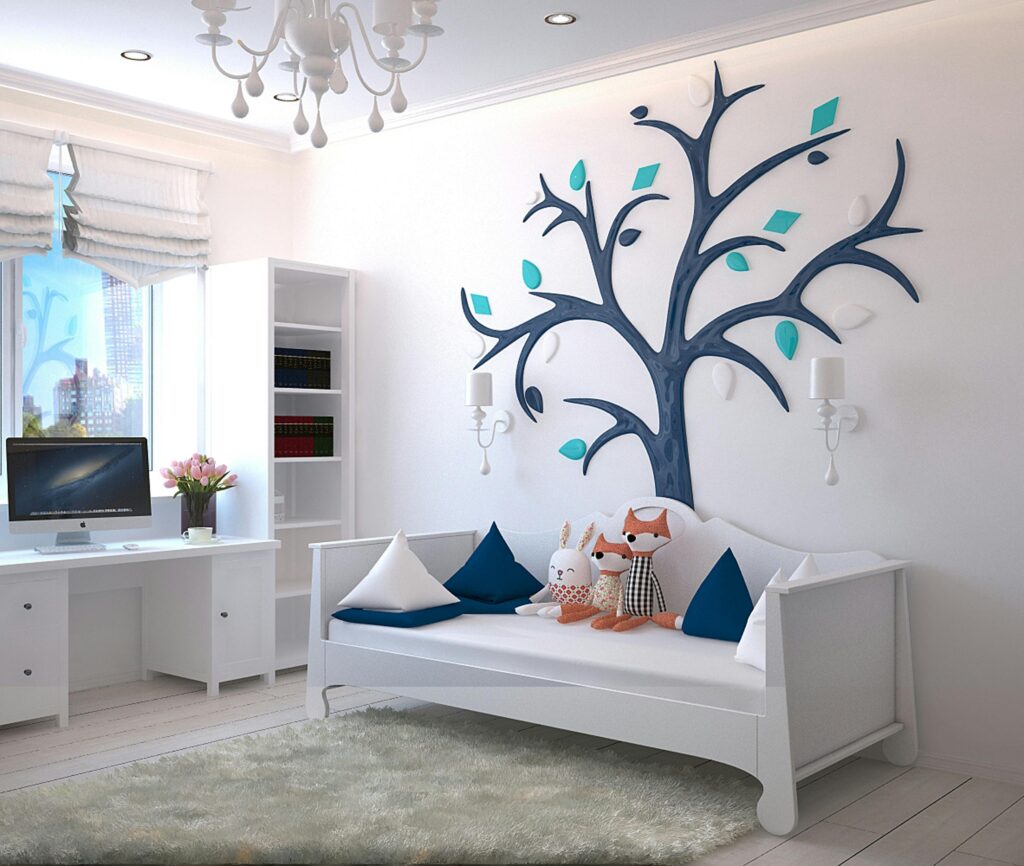
Designing your first child’s nursery is both exciting and daunting. From picking out non-toxic pastel paints to finding the cutest wallpapers with adorable teddy bears, you want to prepare a cosy haven where your little munchkin is comfortable, happy and safe. But the challenge lies with the preparation. Most first-time parents don’t know when and how to set up a nursery. If you are also confused, don’t worry. We have some helpful tips for building the perfect baby room from the ground up.
When Should You Set Up the Nursery?
While you can start anytime, the best time to set up a nursery is during the second trimester. By this stage, you should feel much more comfortable and may be free from dreadful morning sickness. You can take your time and decide on the furniture, paint, decor, and textiles and build the perfect nursery one step at a time, so it’s ready before the baby shower. Also, starting early with the nursery setup will allow you to research different toy and clothing brands and find the best ones for your baby. For instance, manufacturers like Riff Raff sell high-quality, machine-washable sleep soothers to help babies sleep peacefully.
What Should a Nursery Have?
A nursery is typically a place for a baby to sleep, be fed, and be changed. It should be cosy and thoughtfully designed to improve functionality and comfort with pleasing aesthetics. Generally, in a nursery, you will find:
- A crib or bassinet styled in wood or neutral tones, decorated with soft, comfortable bedding
- A changing station with shelves or organisers for baby essentials like diapers, clothing, wipes and other baby products.
- Open bins, baskets, or dress drawers to store baby toys and clothes.
- A rocking chair to feed or soothe the baby. Sometimes, there’s a small side table for a table lamp and the baby monitor.
- Soft, adjustable lighting for feeding or diaper changing without waking the baby fully.
- A soft mat with baby-safe toys.

How Much Does It Cost To Build a Nursery in Australia?
Setting up a nursery in an Aussie home may cost between $1,000 and $4,000+, depending on the design preferences and furniture choices. The prices of baby essentials like a changing table, a crib, a dresser and a chair vary by brand and features. Typically, the charges look like this.
- Crib: $200 – $1000+
- Rocking chair: $150 – $1,000+
- Changing table: $100 – $500+
- Dresser: $200 – $800+
However, don’t worry if you are on a budget. Here are some ways to reduce the expenses associated with building a nursery.
- Consider buying a second crib or bassinet, but get a new mattress for hygiene reasons.
- Upcycle existing furniture. For instance, you can easily convert an old dresser into a changing table and use any armchair to feed your baby.
- Skip fancy bedding. You will find ample baby-friendly sets within your budget.
- Look out for sales to buy new stuff for less.
- Ask family or friends for baby items they don’t need and upcycle them to your taste.
Building a Nursery That You’ll Love: Tips To Remember
When designing a baby’s room, you must consider three crucial factors: safety, functionality, and comfort. To build the perfect nursery, we recommend the following tips.
- Buy the crib from a reputable brand, because they are more likely to adhere to the safety guidelines.
- Mind the gap between the cot sides and the mattress. It shouldn’t be more than 4 cm, as the baby’s hand or leg might get stuck.
- Place an ottoman close to the rocking chair to make the rocking motion pleasant for your baby and your feet.
- Maintain a consistent room temperature between 18 and 20°C for a sound sleep.
- Position the crib away from direct sunlight and windows to keep the baby away from blinds and curtains.
- Use baskets and drawer dividers to organise your baby items. Keep only baby essentials in the nursery to reduce clutter and increase ventilation.
- Get a diaper genie or a closed trash can to toss the soiled diapers and reduce mess.
And there you go! Start with these tips, and you will gradually figure out what more your nursery requires as the plan develops. So quit overthinking and get started!
